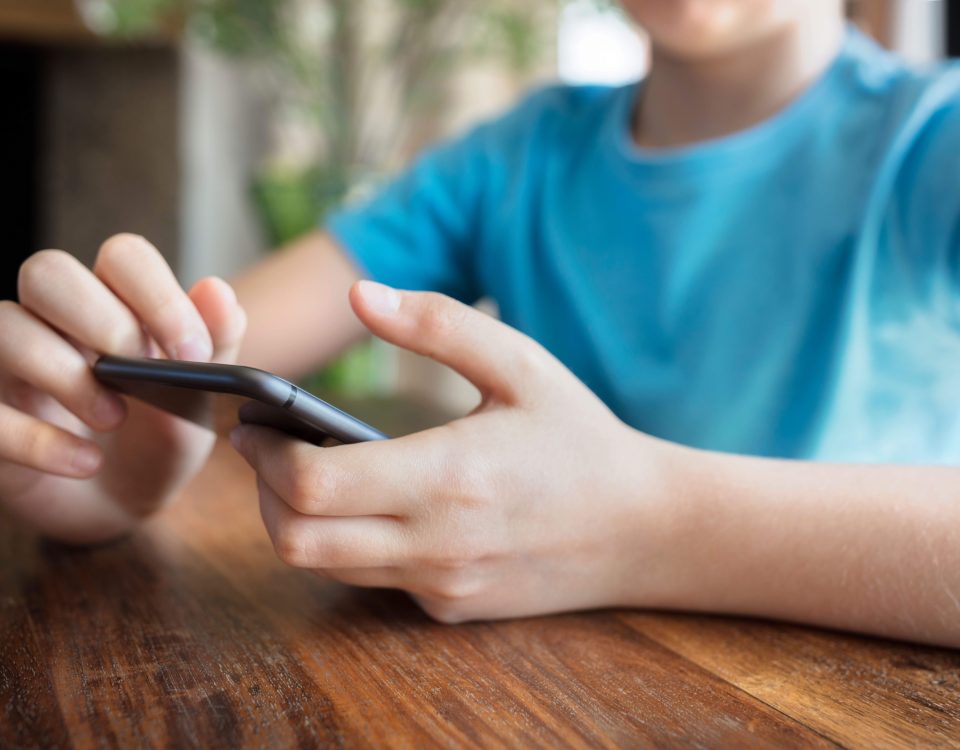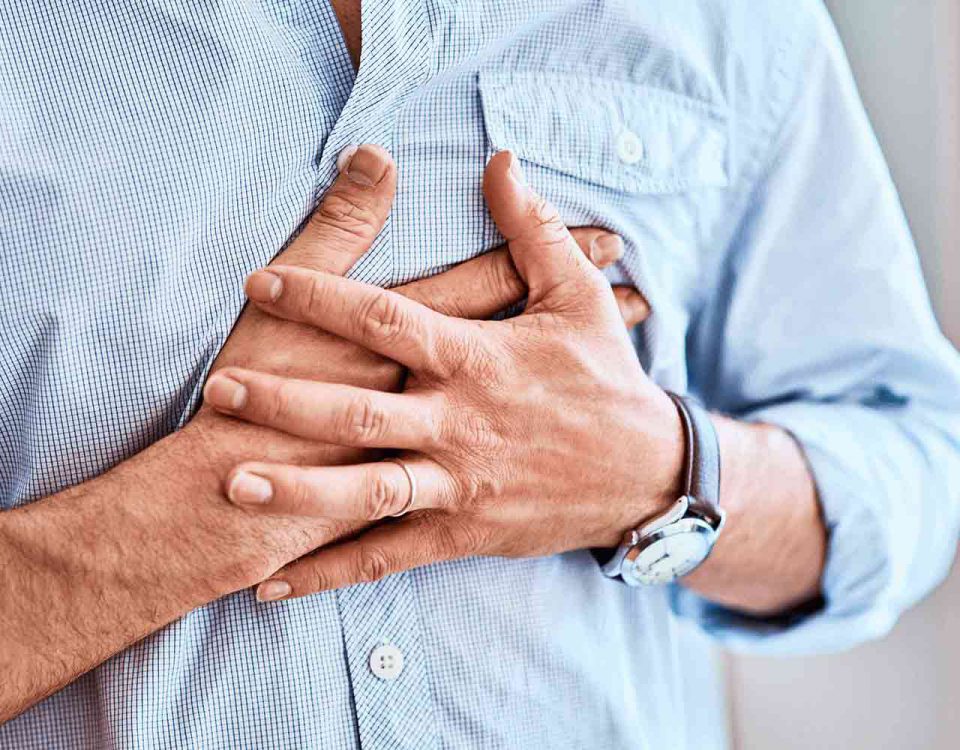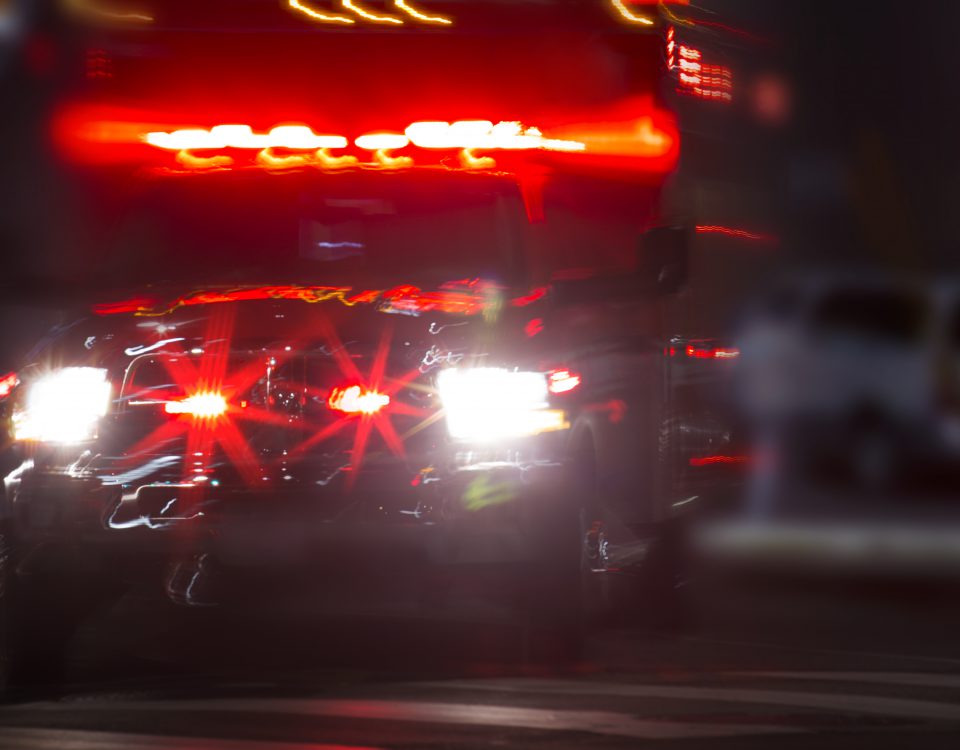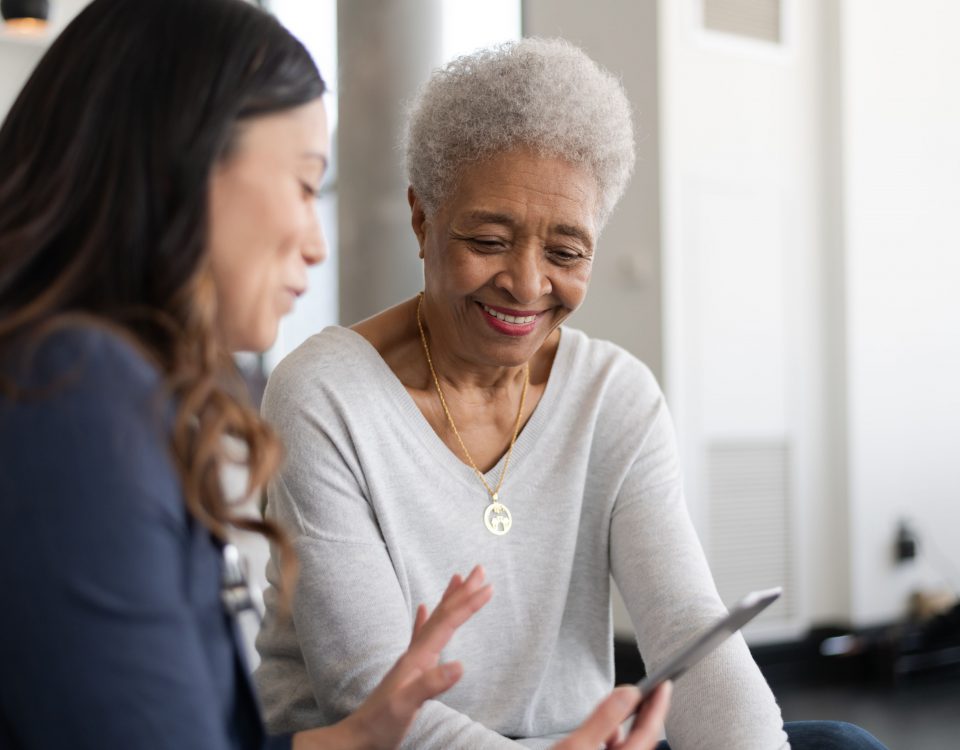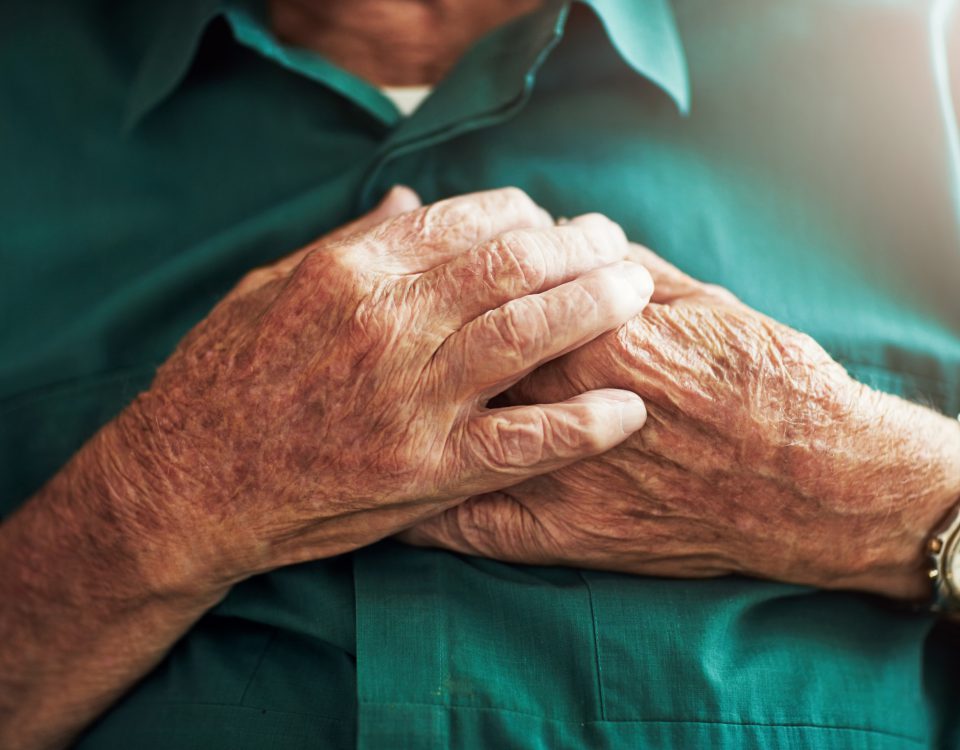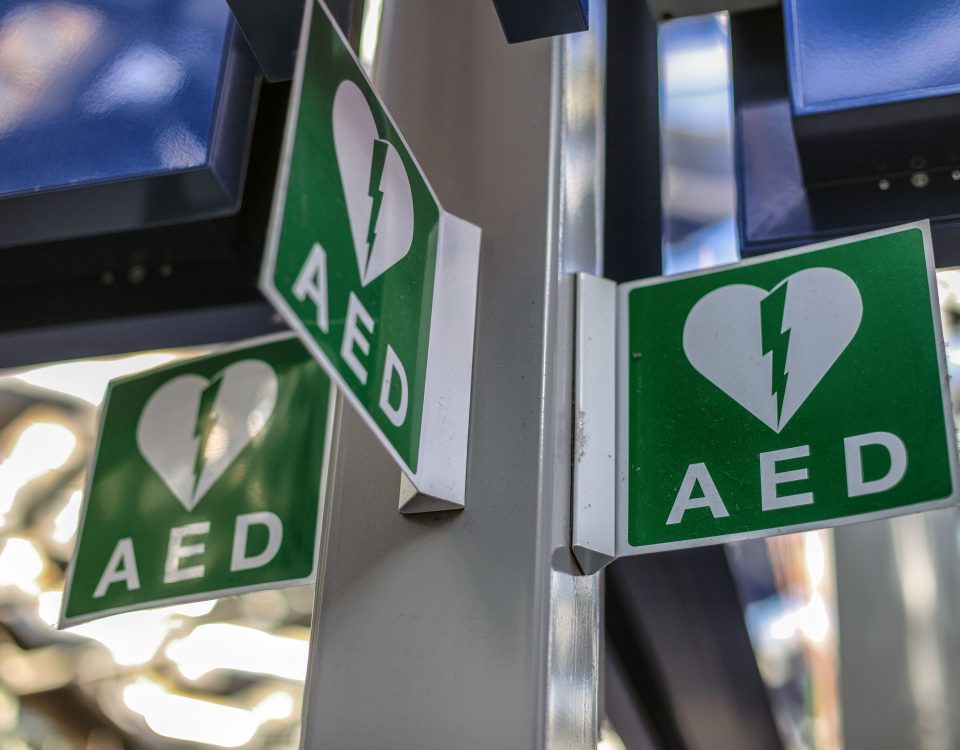Cardiac Events
Cardiac arrest is an electrical problem in the heart. It occurs when the heart malfunctions and causes an irregular heartbeat (arrhythmia) that makes the heart stop beating unexpectedly. When the pumping action of the heart is disrupted, it cannot pump blood to the brain, lungs, and other organs. Within seconds, the person becomes unresponsive and cannot breathe or can only gasp. A person can survive only a few minutes in cardiac arrest if there is no intervention.
How to Help
Chest Compressions and AEDs
If you suspect that someone is in cardiac arrest, starting chest compressions and locating and using an AED can save their life.
People in cardiac arrest may benefit from chest compressions (hands-only CPR), yet many people who witness cardiac arrest do not perform any type of CPR after calling 911.
An AED, or automated external defibrillator, can analyze the heart's rhythm and, if needed, deliver an electrical shock— called defibrillation— to help reestablish an effective heartbeat. AEDs give clear and audible directions – the device will talk you through how to use it - and they are programmed so that they will deliver a shock only when there is no heartbeat and the person would benefit from it.
Traditional CPR – or cardiopulmonary resuscitation – is an emergency lifesaving procedure performed when the heart stops beating. It consists of providing mouth-to-mouth breathing combined with chest compressions.
Immediate CPR can double or triple chances of survival after a cardiac event. Keeping the blood flow active – even partially – extends the opportunity for a successful resuscitation once first responders arrive onsite.
Hands-only CPR is CPR without rescue breaths – chest compressions only. If you see a teen or adult collapse, you can perform chest compressions (hands-only CPR) in just two easy steps:
- Call 911.
- Push hard and fast in the center of the chest to help achieve a rate of 100 beats per minute - the minimum rate you should push on the chest during hands-only CPR. Many people push to the beat of the Bee Gees’ classic disco song “Stayin’ Alive” as recommended by the American Heart Association.
While you might be comfortable performing mouth-to-mouth resuscitation on someone you know, you might not be comfortable doing it on a stranger, or you may not know the right timing or frequency for giving breaths. Hands-only CPR makes it more likely that you will help a stranger having a cardiac event. Chest compressions carried out by a bystander have been shown to be as effective as CPR with breaths in the first few minutes of an out-of-hospital sudden cardiac event for an adult victim.
Yes. Most Americans (70 percent) feel helpless to act during a cardiac emergency because they don’t know how to administer CPR or they’re afraid of hurting the victim. However, any attempt at CPR is better than no attempt, and delivering chest compressions only can be the difference between life and death. According to the American Heart Association, people are more likely to remember the correct pace when trained to perform chest compressions to the beat of the disco classic “Stayin’ Alive" or another familiar song with 100 to 120 beats per minute – the rate you should push on the chest during CPR.
You can learn the basics for giving chest compressions from videos and articles on the topic. However, it is always beneficial to take any opportunity you have to practice on a CPR mannequin, with a trained professional, so you can get a feel for what a compression should feel like when done right.
If you are interested in becoming certified in CPR, you can take a CPR course to practice and learn the full skills of CPR, including rescue breaths and chest compressions.
People who have completed a formal CPR training course are more likely to give high-quality chest compressions and are more confident about using their skills in an emergency than those who have not been trained at all, or those who have not trained within the last five years.
Featured Video
An AED, or automated external defibrillator, is used to help people who have a sudden cardiac arrest. It is a medical device that can analyze the heart's rhythm and, if needed, deliver an electrical shock—called defibrillation—to help reestablish an effective heartbeat.
You may have seen an AED located in an office or public building – often in a small red or white case with a glass door. Because these devices are now commonly available in public spaces, more people than ever before are becoming aware of them. AEDs are safe to use. They are programmed so that they will shock only when the victim has no heartbeat and would benefit from it. The risk of a bystander receiving an unintended shock is minimal. AEDs give clear and audible directions – the device will talk you through how to use it - informing bystanders during times when they should not touch the victim. Some can even sense when the victim is being touched by others and will not deliver a shock until it is clear.
Although chest compressions only, or full CPR, can help keep the heart circulating blood to the organs, keeping a person alive, the only way to restore a regular heartbeat during cardiac arrest is to use an AED.
No matter what, you should call 911 right away or instruct someone to do so, if you are with a person who has gone into cardiac arrest. But because it may take several minutes for first responders to arrive once 911 is called, and because for each minute defibrillation is delayed the odds of survival are reduced by approximately 10 percent, having access to an AED and knowing how to use one can be critical when minutes matter.
There are five key steps to using an AED.
Step 1: Turn on the AED
Once the unit is turned on, it will provide you with voice prompts to follow.
Step 2: Place the pads
Follow the diagrams located on the pads themselves, which will show where the pad should be placed. Usually the pads should be placed right below the right collarbone and the left underarm, but some devices may have you place one pad in the center of the chest and one in the center of the back. Either way—simply follow the diagram on the pads of the AED you are using.
Step 3: Stand clear
Once the pads are in place, the AED will tell you to stop CPR (hands-only or full) and stand clear of the victim while it takes a reading of their heart rhythm. Make sure that no one is touching the person so the AED can get an accurate reading.
Step 4: Shock
Once the AED has analyzed the victim’s heart activity, it may tell you that a shock is needed. Some units may shock automatically following a brief countdown, while others may direct you to push a flashing "shock" button once you determine that no one is touching the victim. The shock is delivered instantaneously and may cause the chest and arm muscles to flinch. The shock will stop the victim’s heart momentarily to allow the heart's generator to start back up in an effective blood-pumping rhythm.
Step 5: Start or continue chest compressions or full CPR
Once the shock is delivered, the device will instruct you to begin two minutes of CPR, starting with chest compressions. Some units may direct you through each step of performing CPR, while others may simply count down the two-minute period. CPR following a shock is important. Even if the shock has successfully restored an organized heart rhythm, the heart muscle may take some time before it starts to respond to that rhythm and beat on its own. Leave the AED pads on the person so that it can continue to analyze the heart's rhythm as it might direct you to provide additional shocks.
Final step: Take a class
Although the five steps of using an AED can be performed by an untrained bystander, you'll be much more confident and efficient if you take a CPR/AED training class. There are many classes available throughout our area, and you can also visit our Trainings & Events calendar.
AED registries receive information from ordinary citizens, medical professionals, and government personnel. The locations are verified and given a tracking label. The tracking label allows 911 professionals and emergency responders to see where the nearest AED is located, boosting the chances of survival in the event of a cardiac arrest. If your facility or organization has a publicly accessible AED, please consider taking the time to register it, as it may save a life.
Register an AED in your area by visiting, PulsePoint.
Pulsepoint® Respond is a smartphone app that alerts users of a nearby cardiac arrest or other emergency.
Pulsepoint® AED app allows citizens to see on their smartphone where the nearest AED is located. The apps are available for iPhone and Android and can be downloaded from the iTunes or Google Play stores.
It is important to continue to protect yourself and others from COVID-19. For current recommendations and updates, visit the Centers for Disease Control.

